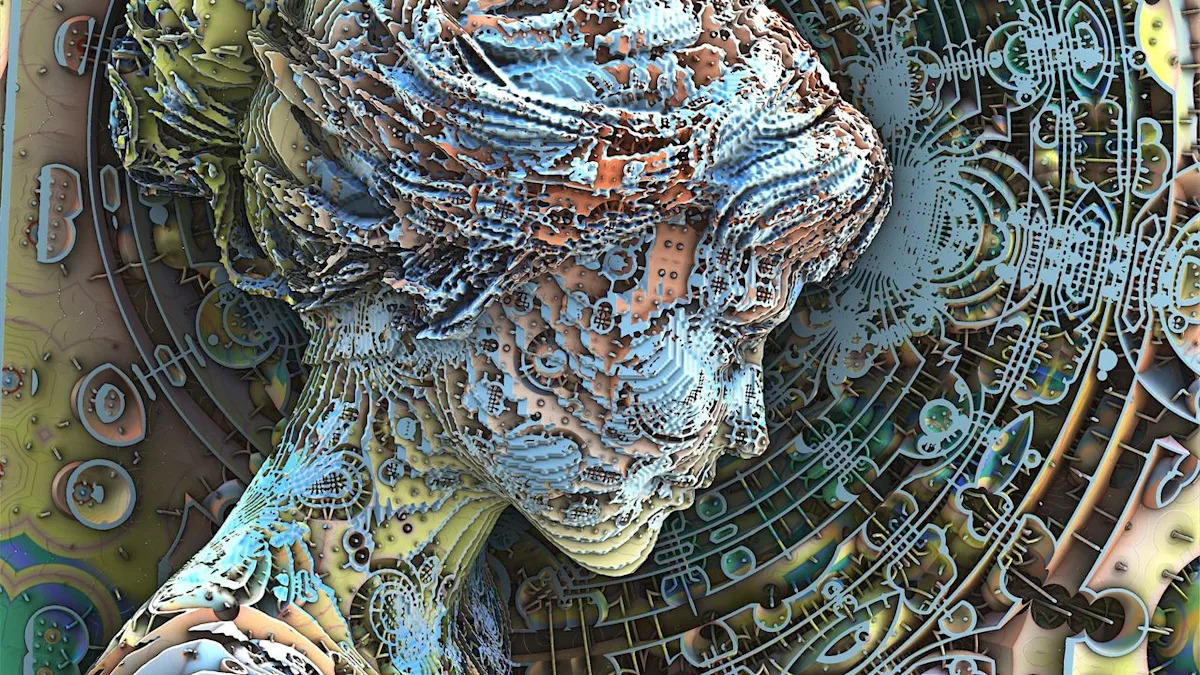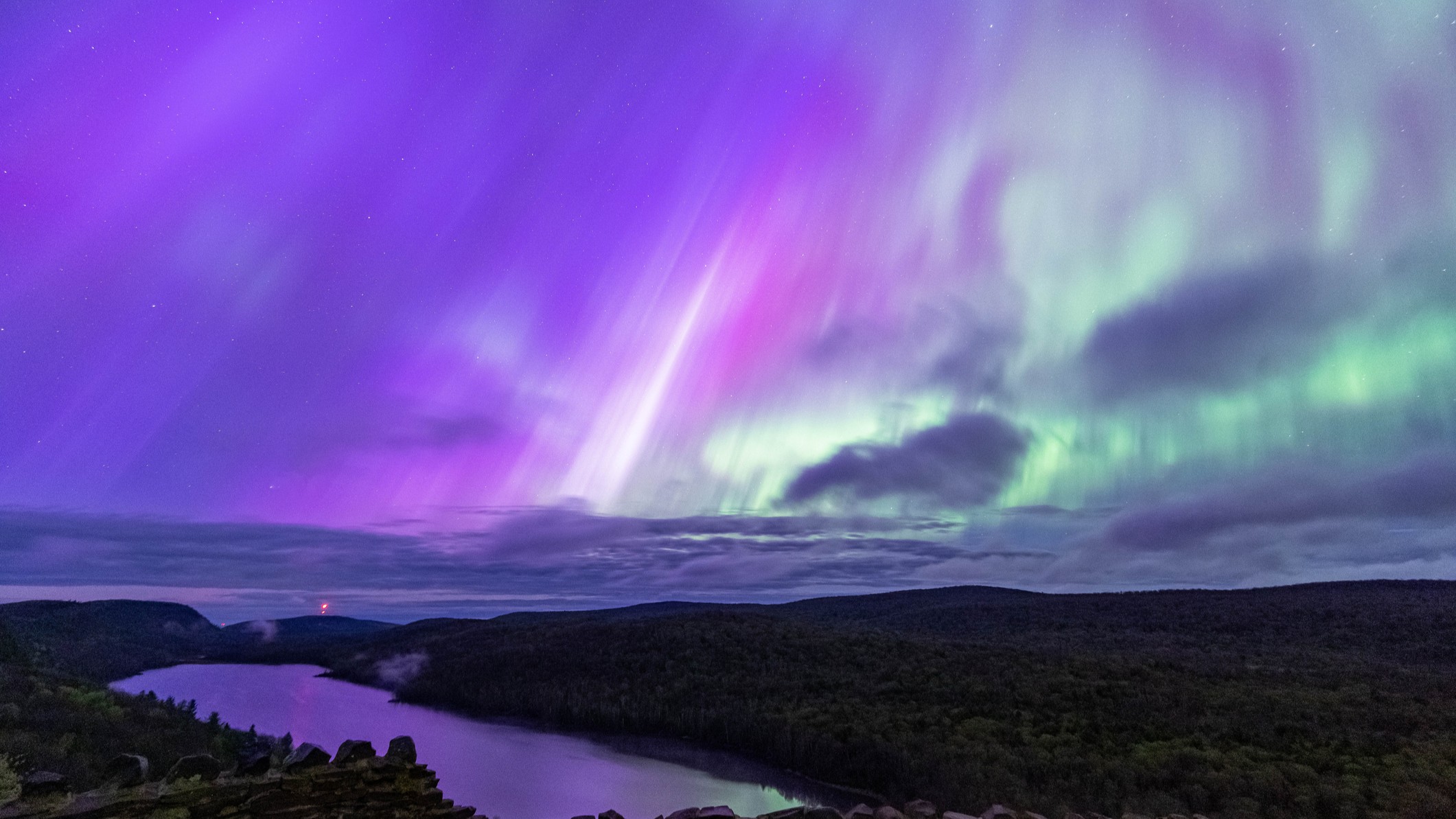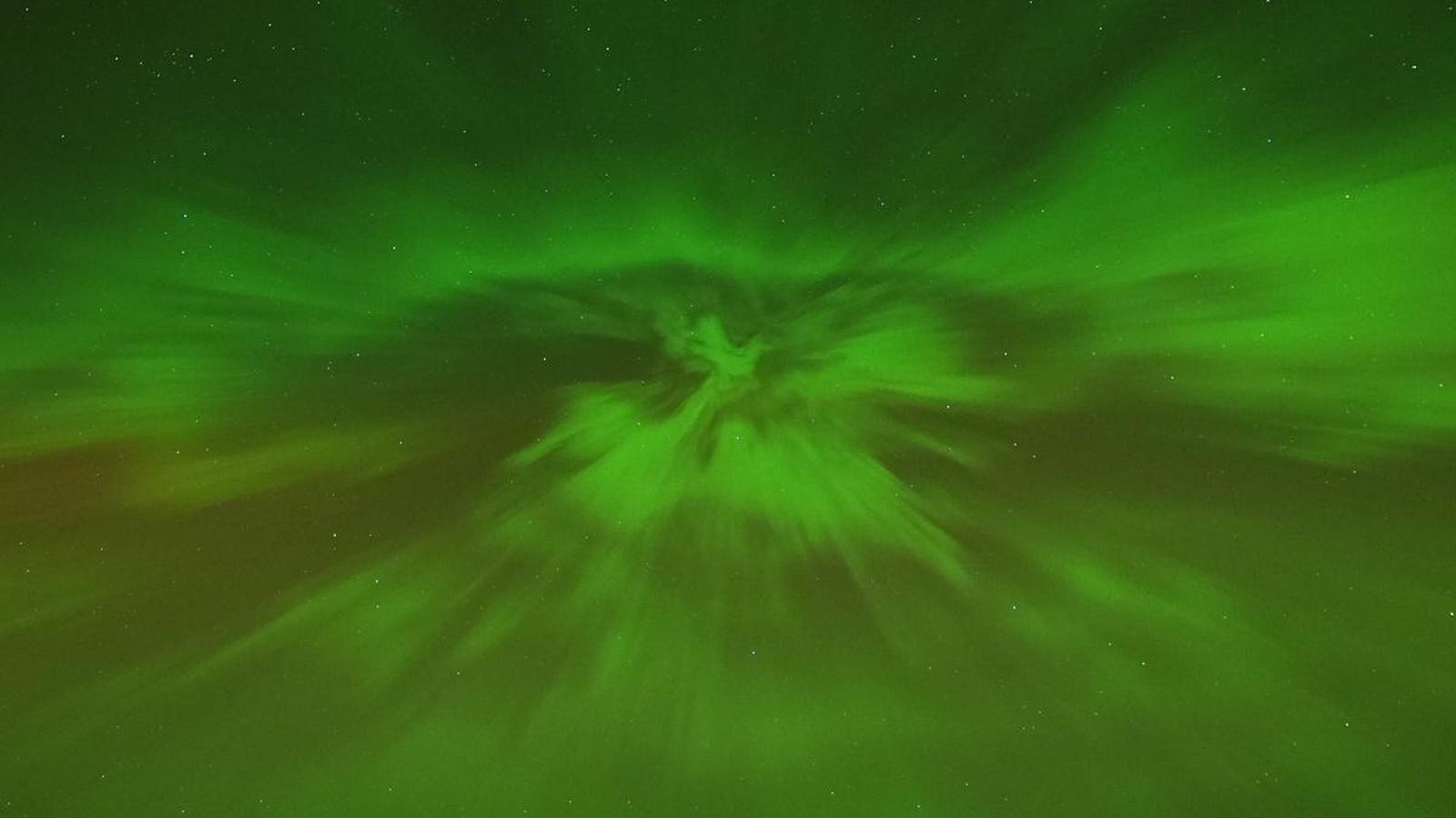A new study maps the chemical cues that common gut bacteria detect, showing what helps them find nutrients and thrive. Researchers tested real human gut residents rather than the usual lab pathogens, and the results reset a few assumptions.
The experts found that carboxylic acids – especially lactic acid and formic acid – top the list of preferred cues in these microbes. The work was led by Victor Sourjik at the Max Planck Institute for Terrestrial Microbiology (MPI).
Microbes follow chemical trails
The microbiome is a bustling community where microbes trade byproducts and share resources. Cross-feeding is central to that economy, as a recent review showed with examples across the gut ecosystem.
Bacteria use chemotaxis to swim toward helpful chemicals and away from harmful ones. In Escherichia coli, a classic study linked stronger attraction to amino acids with faster use of those same amino acids.
Nutrients do not just feed an individual cell, they shape who lives where. Signals can set up gradients that guide microbes toward niches that match how they make a living.
The new work asks a simple question with wide reach: What do helpful gut bacteria actually sense in the chemical soup of the intestine?
Probing gut bacteria detection
The researchers built a library of sensory domains from 20 gut species, focusing on the abundant Clostridia, then screened more than 150 metabolites.
They identified 34 matches between receptors and specific compounds, spanning amino acids, nucleobase derivatives, amines, indole, and several classes of carboxylic acids.
These sensory domains sit on three types of transmembrane receptors that control movement, gene responses, or second messengers. Ligands were assigned to 12 of 35 chemotaxis receptors but only one of 33 histidine kinase receptors, a pattern consistent with chemotaxis being mainly about finding food.
The coverage was deep for one large family of extracellular sensor modules called Cache domains. About half of the Cache-type chemotaxis receptors in the tested commensals could be assigned a ligand.
Those numbers matter because they connect behavior to metabolism. They show that in this habitat, receptors lean toward signals tied to growth.
What bacteria prefer to find
Acids made up most of the results. Among them, lactate and formate were the ones bacteria responded to the most.
That pattern fits what we know about community metabolism, where one microbe’s waste is another’s lunch. Microbial lactate utilization often funnels into energy-yielding pathways that stabilize the gut environment.
Growth tests in several Roseburia strains supported the idea that these cues point to food sources. L-lactate and formate accelerated growth most strongly in strains that carried matching receptors.
Microbes sensed the familiar short chain fatty acids (SCFAs) too, but less often than expected. The high-affinity sensors favored lower-abundance metabolites, showing how microbes home in on limiting resources.
The science of sensing
A ligand is simply a chemical that a receptor can detect and respond to. In this study, researchers looked at two types of sensor designs: one with a single unit that picked up on lactate or pyruvate, and another with two units that could respond to very different types of molecules.
One of these two-unit sensors, called dCache_1UR, turned out to be especially interesting. One part of it recognized uracil, while the other part detected acetate.
The team was even able to map out its structure, showing how each part used a different set of building blocks to grab onto its target.
That split setup hints at flexible wiring. The binding pocket that recognizes uracil is closely related to an amine-sensing pocket, and small sequence swaps can shift specificity.
Evolutionary analysis suggested that these domains change targets readily as bacteria adapt to new niches. That adaptability may explain how commensals tune their sensory repertoire to the gut’s complex chemistry.
Bacteria talks to each other and us
When one species secretes lactate or formate, neighbors with matching sensors can follow the trail. This creates channels for cross-feeding that keep communities resilient, even when diets or conditions shift.
Signals are not limited to nutrients. Microbiota-derived indoles modulate inflammation and can reshape microbial networks through metabolite handoffs.
These findings land squarely in the lives of butyrate producers like Roseburia. Roseburia intestinalis is a motile, beneficial organism tied to barrier health and energy balance through butyrate production.
Chemotaxis gives such species a way to track nutrient gradients near the intestinal wall. It also offers a route to coordinate with partners that release the compounds they prefer to use.
Nutrition, microbes, and balance
If commensals chase lactate and formate, diet and host metabolism could indirectly steer where and how these microbes grow. That opens the door to interventions that alter metabolite landscapes rather than trying to install single strains.
Therapies that stabilize lactate fluxes may help keep communities in balance. SCFA production could improve when lactate is quickly captured and converted by the right partners.
The receptor data point toward specific targets for prebiotics that enrich favorable behaviors. They also sketch a map for designing biosensors that report on gut chemistry in real time.
“These domains appear to be important for interactions between bacteria in the gut and could play a key role in the healthy human microbiome,” said Wenhao Xu, a postdoctoral researcher in Sourjik’s group.
Next steps in gut sensing
The discovery of dual-module receptors that bind uracil and acetate raises questions about module cooperation. Independent binding means two inputs without crosstalk, yet evolution could rewire that logic.
Formate and lactate preferences appear widespread among chemotactic receptors in these commensals. Tracking how those preferences change with diet, medication, or disease would be informative.
The team found a sensor protein that detects indole, a chemical signal made by microbes. This shows how bacteria can link what they sense in their environment to changes in gene activity.
The researchers also noticed that receptor strength worked in the opposite way to how common each metabolite was. In other words, receptors bound most tightly to rare compounds – an advantage in patchy environments where resources are scarce.
The study is published in the journal Proceedings of the National Academy of Sciences.
—–
Like what you read? Subscribe to our newsletter for engaging articles, exclusive content, and the latest updates.
Check us out on EarthSnap, a free app brought to you by Eric Ralls and Earth.com.
—–










